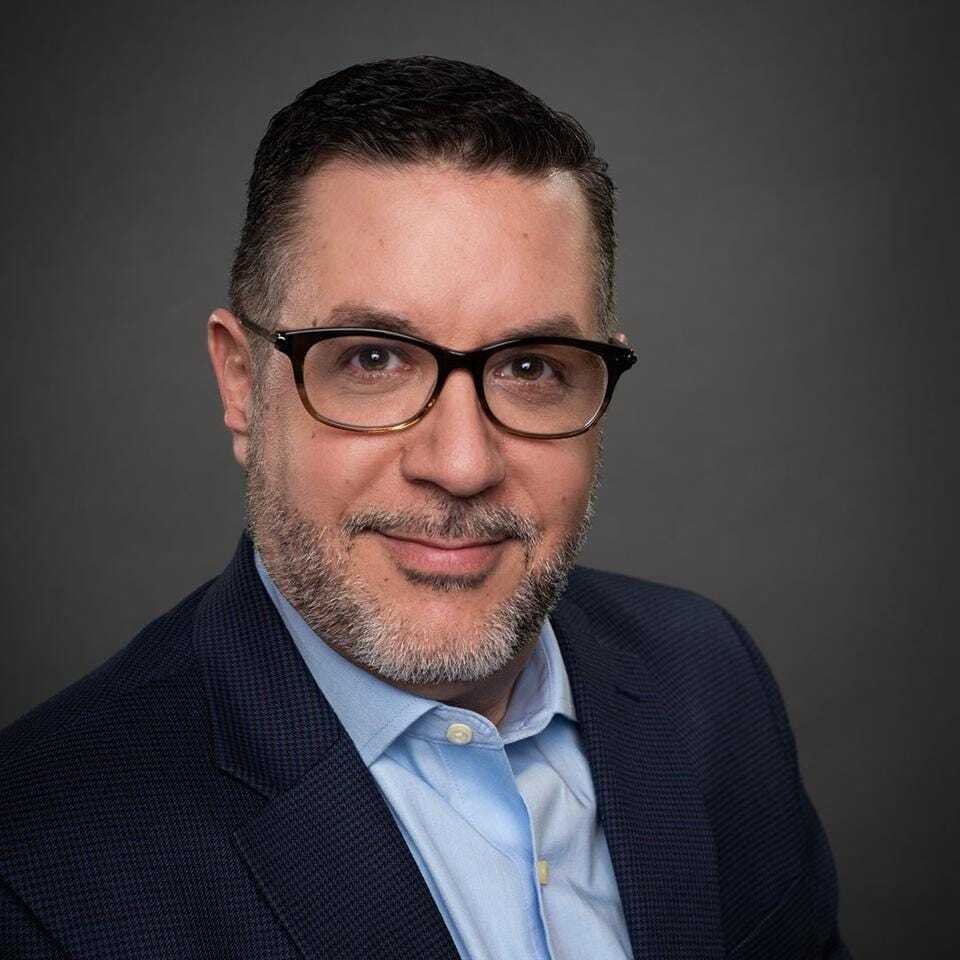CCBJ: The last time you spoke with us about CAI and neurodiversity, you gave us a really great rundown, but I think it a brief refresher would be helpful.
CAI is a technology services firm that for 40 years has been bringing together talent and technology to power the possible. CAI Neurodiverse Solutions is our end-to-end neurodiversity employment program where we manage the recruitment, selections, training, and integration process for private and public organizations to realize the benefits of neurodiversity. “Neurodiversity” refers to the range of differences in individual brain function and behavioral traits. It encompasses autism spectrum disorder, ADHD, dyslexia, dyspraxia, among other neurodiverse conditions. I’m neurodivergent myself; I have depression and extreme social anxiety disorder.
CAI Neurodiverse Solutions brings neurodiversity into the workplace, but in a way that solves complex business challenges as well, so there’s a return on investment for the organization while individuals gain meaningful employment. As I mentioned last time, neurodivergent individuals tend to do well in analyzing data, problem solving, pattern recognition, creative thinking, and attention to detail. And there’s a place for such individuals in a wide range of fields, not just IT, which has gotten a lot of attention. There’s finance, legal, healthcare, to name just a few.
Many organizations, including law firms, are actively focused on diversity, equity and inclusion. Can you talk about how the neurodiverse agenda you’re seeking to advance is a part of that? For example, how will it figure into DEI reporting. Is it even on the radar of organizations collecting such data on themselves or those they do business with?
So, DEI—or DEIA (the “A” for accessibility)—is all about fostering a culture that builds a strong pipeline of both neurotypical and neurodivergent candidates. Over the past 10 years, we’ve seen a mass implementation of DEI initiatives, but the conversation has always been about gender, race, and ethnicity. Even as organizations, including large law firms, add chief diversity officers, the neurodiversity piece has been somewhat overlooked. Now neurodiversity has a seat at the table. Over the past five to seven years, CAI has made a compelling case that organizations are missing a huge, untapped population—the 30 to 40 percent of neurodivergent adults who are unemployed according to the University of Connecticut.
CAI Neurodiverse Solutions can connect companies with that talent, but first we need to explain what neurodiversity is and why it’s important. We talk about return on investment— how neurodivergent employees boost productivity, work quality, and innovation—but there’s also a humanitarian aspect. Workplace opportunities should be extended to everybody. Society needs to advance that chapter. When we explain what a neurodiverse workforce looks like, organizations get it. But some are still slightly hesitant to start until we say we’ll be there to support them. Once we follow through with that, we’ve elevated their DEI initiatives and have now moved the needle to bring more diversity and inclusion to their organization.
What are the steps to developing a neurodiversity program that is embraced by both sides of the table? How would someone go about educating the board, the C-suite, the executive committee? And how do you ensure that, once hired, neurodivergent people don’t feel unheard, overlooked and marginalized?
I recently found myself in a room with many executives. I explained what neurodiversity is and the comorbid conditions that can present alongside it. Then I asked, “Who knows someone or works with somebody who is neurodivergent?” A full 90 percent of the hands went up. If I had asked that question cold, the response invariably is, “I don’t know anybody who’s neurodivergent.”
Once you explain what neurodiversity is, it lights up a room. So the first step is educating the folks that may sit at the top. But sometimes it’s a grassroots effort by people who know somebody close to them who is neurodivergent. It’s about getting someone to champion the effort. Typically, that’s someone who is impacted by another who is neurodivergent. That person is going to be the catalyst to getting the chief diversity officer, the DEI team, HR, the recruiters, etc., on board.
They, in turn, will bring CAI Neurodiverse Solutions in to provide neurodiversity awareness training. We’re able to describe what a day in the life looks like; what it’s like to work with somebody who has a varied thought process; and so forth. That starts the process. And we’ve mastered sourcing talent that aligns with business needs. We go deep, looking at the cognitive and behavioral aspects of the individual. We focus on their skillset because when an organization calls upon us to fill a particular job, we need to make sure that we have the skillset to match. CAI has built extensive local partnership networks with over 500 organizations globally who are collectively raising awareness about the benefits of a neurodiverse workforce.
We assess whether the individual is the right fit for the job, not the other way around. We make sure that the individual coming in is set up for success right out of the gate. And we’re proud to say there’s a 94 percent retention rate within the first 12 months.
There are various methods we analyze and implement to maintain and improve how we develop and retain neurodiverse talent:
Accommodations involve understanding what’s going to make that person successful from an employment standpoint. Do they need noise-canceling headphones? A desk moved from a high-traffic area? A rear-view mirror so they can avoid being taken by surprise? There’s anxiety that goes along with all these things.
It’s also helpful to understand the “red, yellow, green” indicators of emotional wellbeing. When somebody’s in a red status, they’re probably not approachable or not at their desk or, if they’re remotely working, not available, likely because they’re trying to reset themselves. If they’re yellow, they may still be approachable but just understand that there may be a something providing a slight trigger at the moment. A green light means, “Please come talk to me, I’m available.”
We take the onus on bringing in candidates by providing a Talent Discovery Session which essentially replaces the interview process for neurodivergent individuals with a hands-on evaluation. There’s no panel interview. No asking, “Where do you see yourself in five years?” It’s about showcasing their skillsets in a supportive environment. We go through a day-in-the-life of the job—or, more accurately, five days in a life. If the job entails X, Y and Z and their day starts at nine and ends at five, we will simulate that day for the next five days, observing whether they work better alone or in collaboration with teammates. We have a neurodiversity-certified team lead that accompanies the associate we’re bringing in; making sure that if there are work-related challenges or potential conflicts, that the team lead is there to resolve any of those situations and help the individual succeed.
Ongoing mentorship and coaching are also key components in maintaining high retention. Mentorship is being there and ensuring that someone has potential career mobility. Talking to the individual and seeing how they’re doing on a weekly, monthly basis is huge because it shows you care and are interested in their career path. Coaching is not to be confused with mentorship as coaching identifies opportunities for soft skill development. Email etiquette and collaboration skills are tasks that may come easy to neurotypical people but may be something of a challenge for someone who is neurodivergent.
We supply on-the-job training for neurodivergent individuals. Whether it’s legal work, data analytics, or software testing, there needs to be some sort of mechanism in place to ensure that the task at hand is being tackled. And if aptitude is demonstrated for that, we explore upskilling opportunities. There’s a view among many that someone who’s neurodivergent should be fine with getting paid to do the same repetitive task for 30 years. That is not the case. We want our associates to excel and to move up the ranks. Meanwhile it helps companies’ ROI when every employees’ potential is optimized.
Our clients’ managers also need to be ingrained in our team to ensure that if there’s feedback to be given, the client understands in what form it will be best received. Maybe the individual wants it via phone or Teams or even in person, and the frequency of that feedback needs to be taken into account. Would they like it daily, weekly, or once a quarter?
And by in large the most crucial piece is empathy. It has its own rewards. Nothing serves better in life than trying to understand others, encouraging others, and staying positive in the face of challenges.
Published April 12, 2023.




